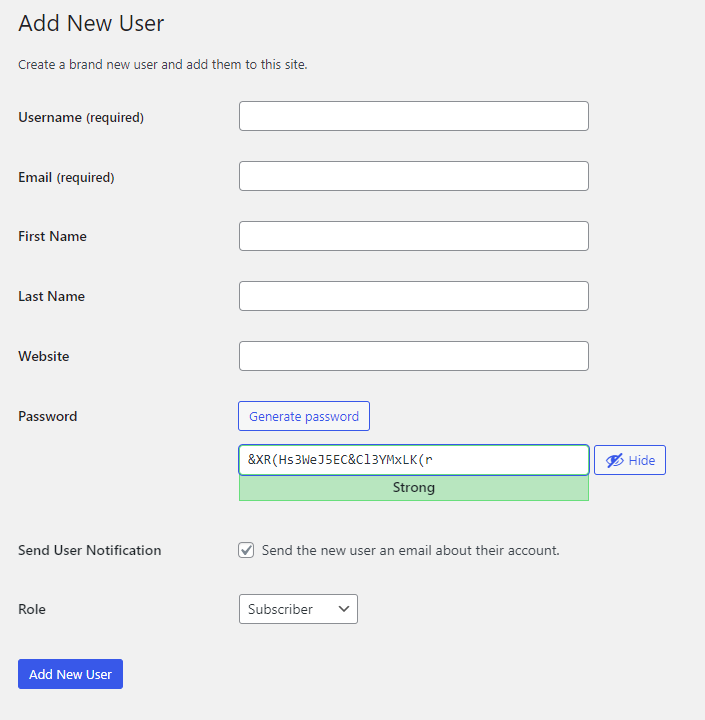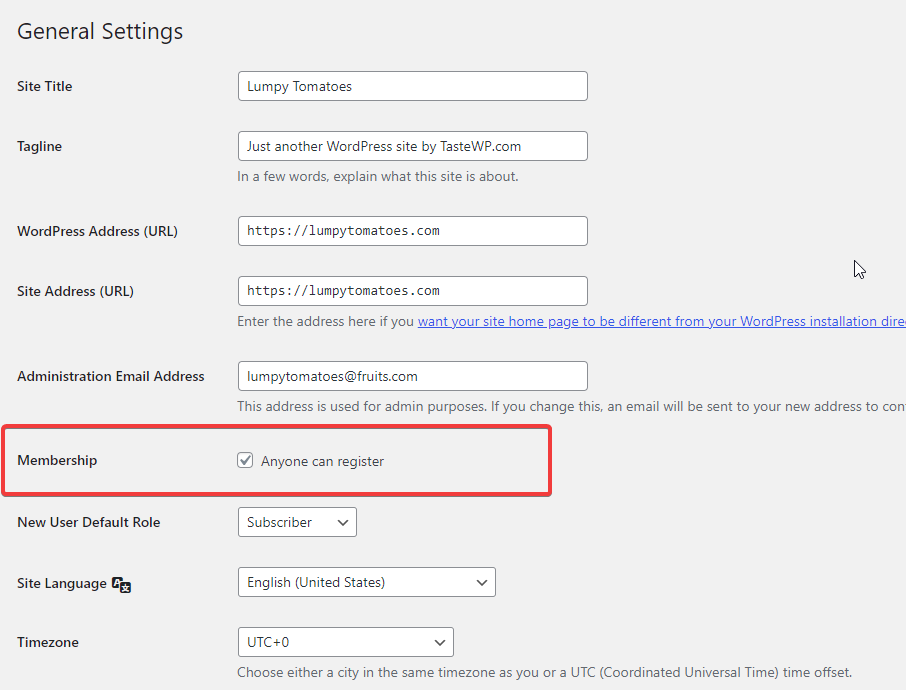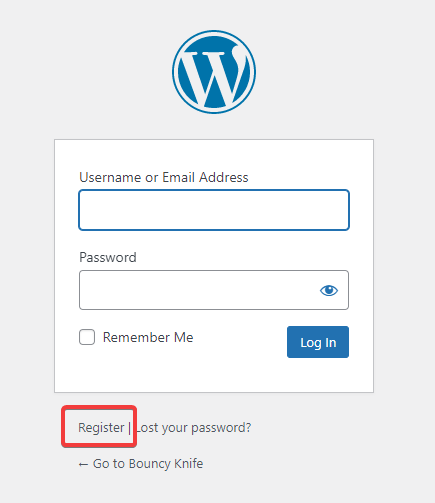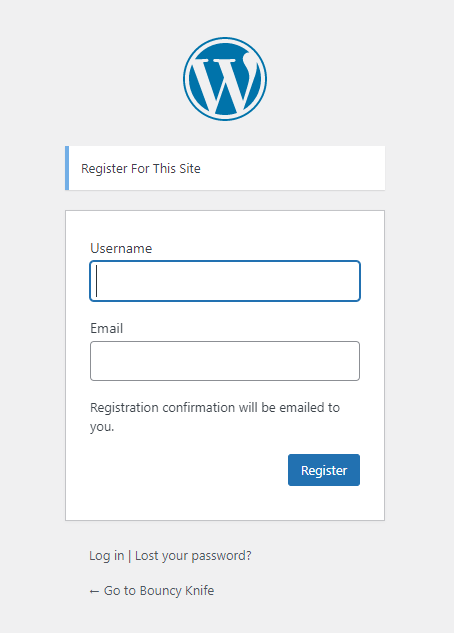How to Add New Users to WordPress & Enable User Registration
Creating user accounts for your website can make it easier to manage content and increase the loyalty of your customers. There are many types of users on a website with differing roles and responsibilities. Adding front-end WordPress user registration support will help improve brand loyalty and increase returning customers.
WordPress enables you to add new users in various roles and permissions, and we will explore the different types available. We will also show you two ways for you to add new users to your website.
Introducing WordPress User Roles
We must explain WordPress user roles to give you clear instructions on adding new users to your WordPress website.
Due to security reasons, WordPress has five main types of user accounts with different access and permission levels, with the highest level being an administrator. That way, they can’t accidentally do something they weren’t supposed to.
Breakdown of the Default User Roles in WordPress
- Subscriber: Users with this role can create a profile, but they can’t publish or edit posts. They can leave comments without notice and access private content accessible to logged-in users. A Subscriber can only manage their profile.
- Contributors: Users with this role have all the permissions of the subscriber role and can also write and manage their posts but cannot publish them.
- Authors: Users with this role can create posts where they can upload any media to them. The author will be able to publish the post when they are ready.
- Editors: Users with this role have all the abilities of the Author role and can also manage posts by other users. They, however, do not have access to some menus such as the Plugins, Appearance, and Settings screens.
- Administrators: Users with this role can access all the administration features within a single site. They can create and manage all posts and users of the site. They can also install themes and plugins and access the whole site.
- WordPress multisite networks use a sixth role, Super Admin. It refers to the administrator of the entire network and gives them full access to all sites within it.
Additionally, some plugins can add more user roles to your WordPress installation.
How to Assign Roles in WordPress
Assigning roles is an important security measure in WordPress, so remember to follow best practices. Well-intentioned users can create unintentional damage, so be careful and ensure they understand their actions’ consequences.
Please ensure you only allow people the lowest level of access needed to do their job. Follow the Principle of Least Privilege (PLoP) and give users the lowest level of permissions required to do their job and no more. This way, no one can disable a plugin by mistake or tamper with the site’s code in the Theme Editor.
It’s advisable to make all new WordPress users Subscribers by default. This ensures you retain control of who can post on your site. You can set the default role for new users on the WordPress General Settings page.
Finally, you may also want to consider how you assign roles from a workflow standpoint. For instance, if one person is the managing editor who publishes posts and many others are contributors writing them, this can help you minimize scheduling conflicts and maintain a balanced editorial calendar.
How to Manually Add New WordPress Users
Adding new users to your WordPress site is relatively simple. This article will guide you in creating and managing new user accounts. However, you will need administrator access to be able to do so.
The first step is to log into your WordPress dashboard and go to Users>>Add New.

Next, fill out the form. The username should be unique – no two users on your site can have the same username. Use a valid email address for WordPress notifications.
You don’t need to input your name and website for this account. However, if other users view your profile, you may want to provide additional information about yourself.
In the password section, you can either enter a given password for the user or click on the Generate password button; WordPress will create a random complex password for you.

If you want to notify the user, you can select the checkbox to send them an email notifying them of the account creation. This is helpful for users who may be waiting to perform a specific site function and need to know their account has been created.

Choose a user role for the user in the drop-down and click on add new user.

Once you have filled all the required fields, click the “add new user” button to submit the form. The newly added user can log in by clicking on the link sent to them via email.
How to Enable User Registration in WordPress
Adding users manually to your site works perfectly well for adding a new team member, bringing in freelancers for projects, or plugin/theme support specialists. But if you want visitors to sign up, the manual process is inefficient.
WordPress allows you to automate the user registration process by allowing new users to register on the site. You can find this option by going to Settings>General.

If you check the “Anyone can register” checkbox under membership settings, a link will be added to the default WordPress login page that says “Register”.

When visitors click the register button, creating an account is as easy as filling in their username and email address.

If you run a WordPress membership site or an online store, many of your users will often see the login page. The default WordPress login (and register) page function ideally, but in terms of design, it is pretty straightforward and doesn’t conform to your website branding. Replacing it with custom user registration and login pages helps offer a better user experience.
Suppose you run an e-commerce shop or a membership site. In that case, user registration is vital to your site’s functionality. Therefore, you may want to customize the WordPress login screen, making it easier for new users to find the register button on your site.
Conclusion
WordPress has various user roles, so you can ensure multiple people can access different parts of your site. This gives you control over who has access and enhances the overall website security.
There are two ways to add new users to your WordPress site:
- Adding them manually from Users>>Add New
- Enabling user registration on the site allows visitors to sign up for accounts independently.